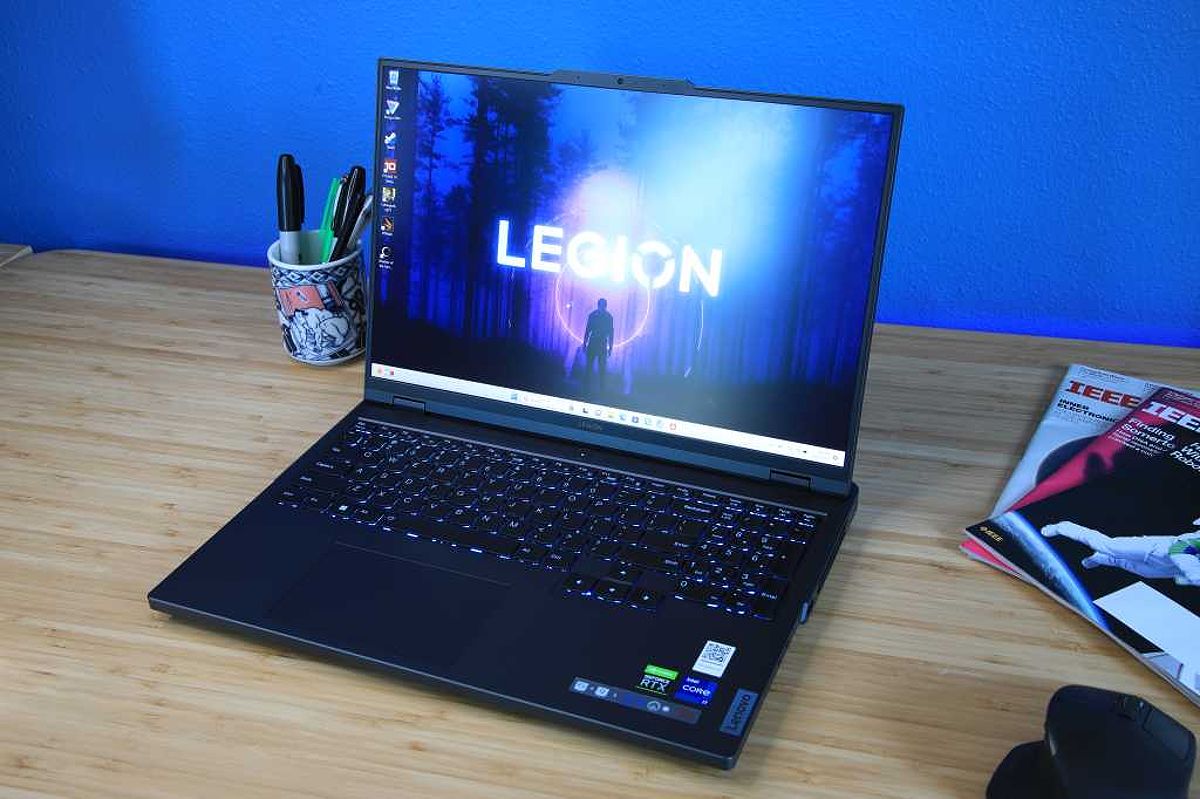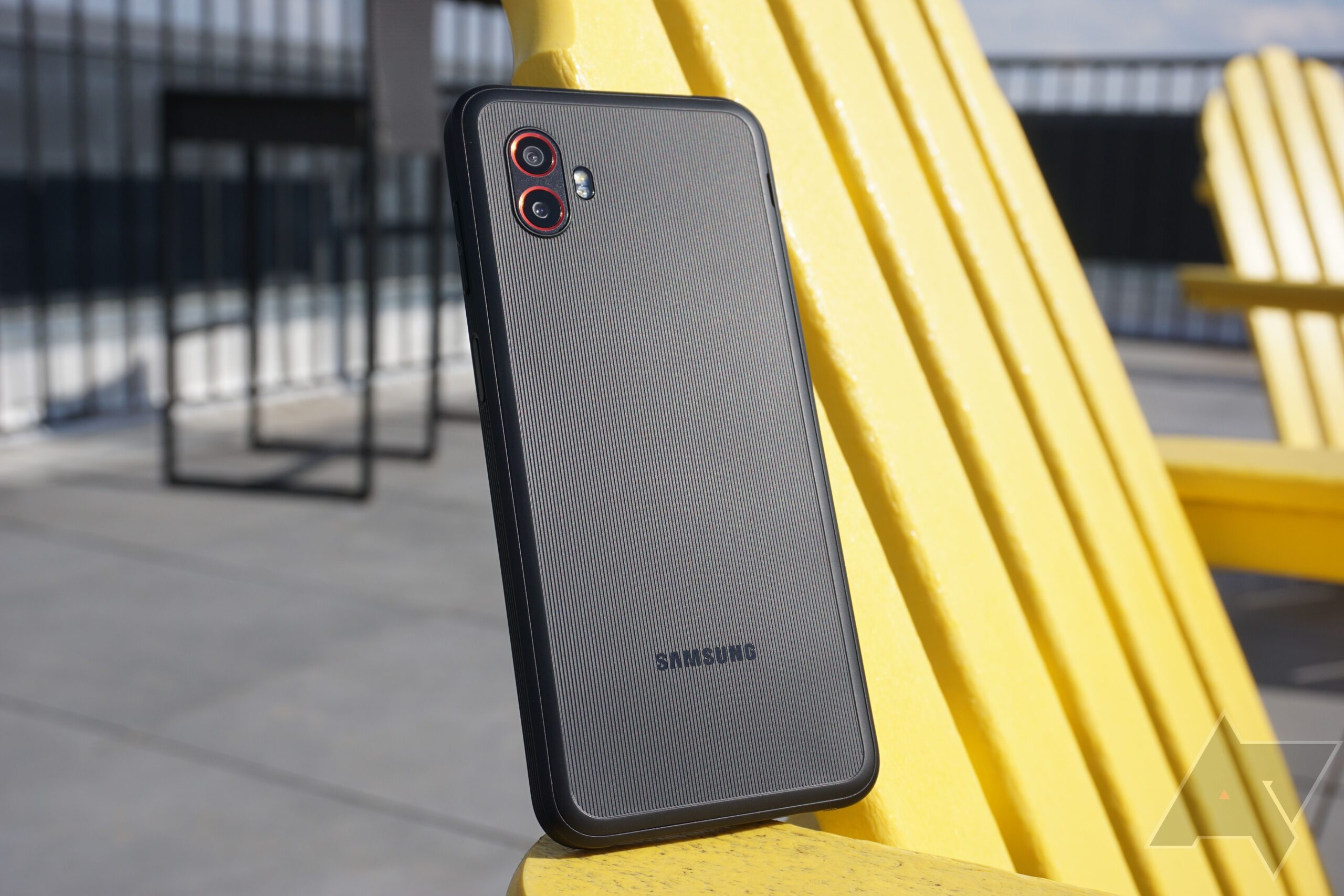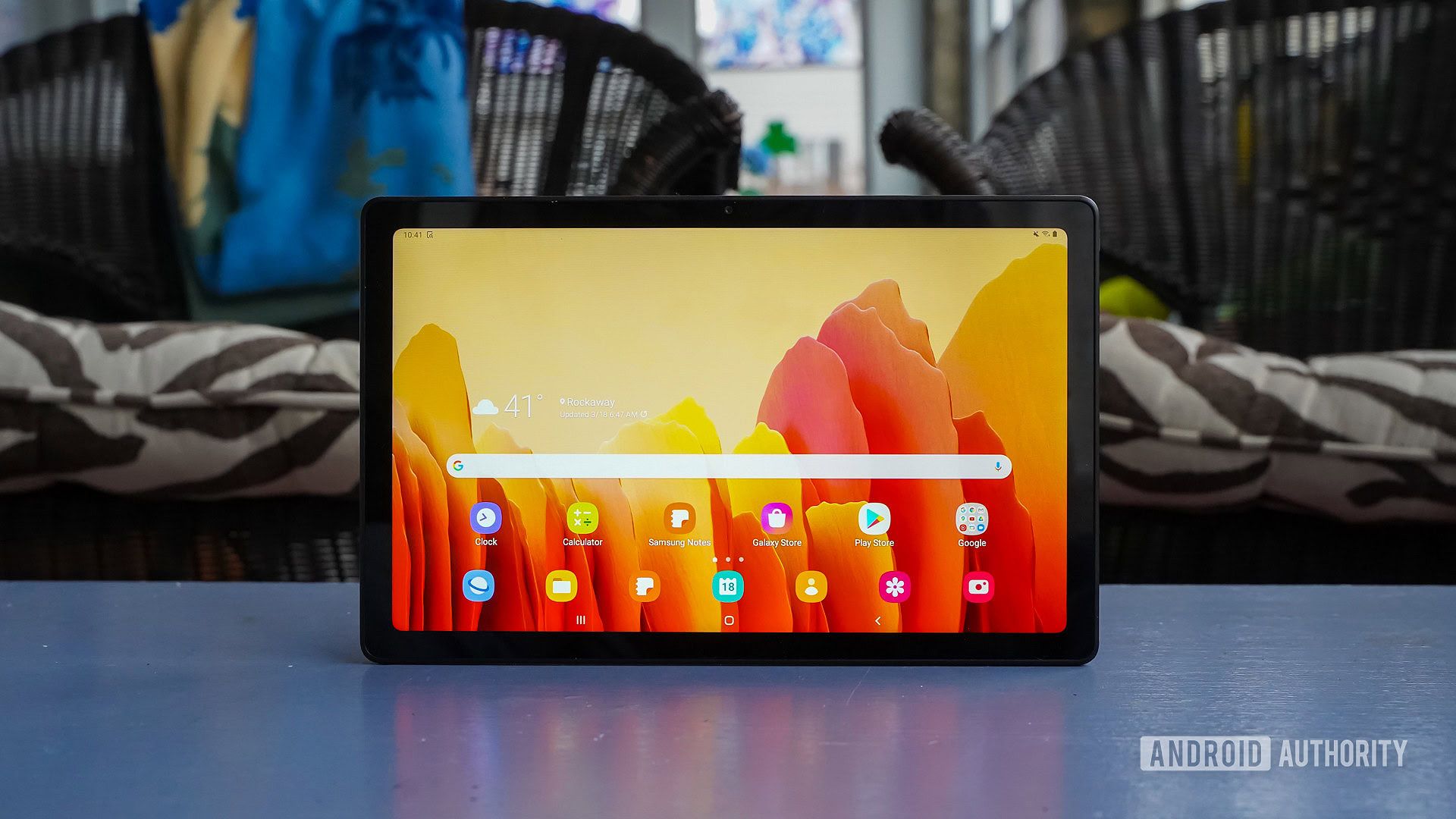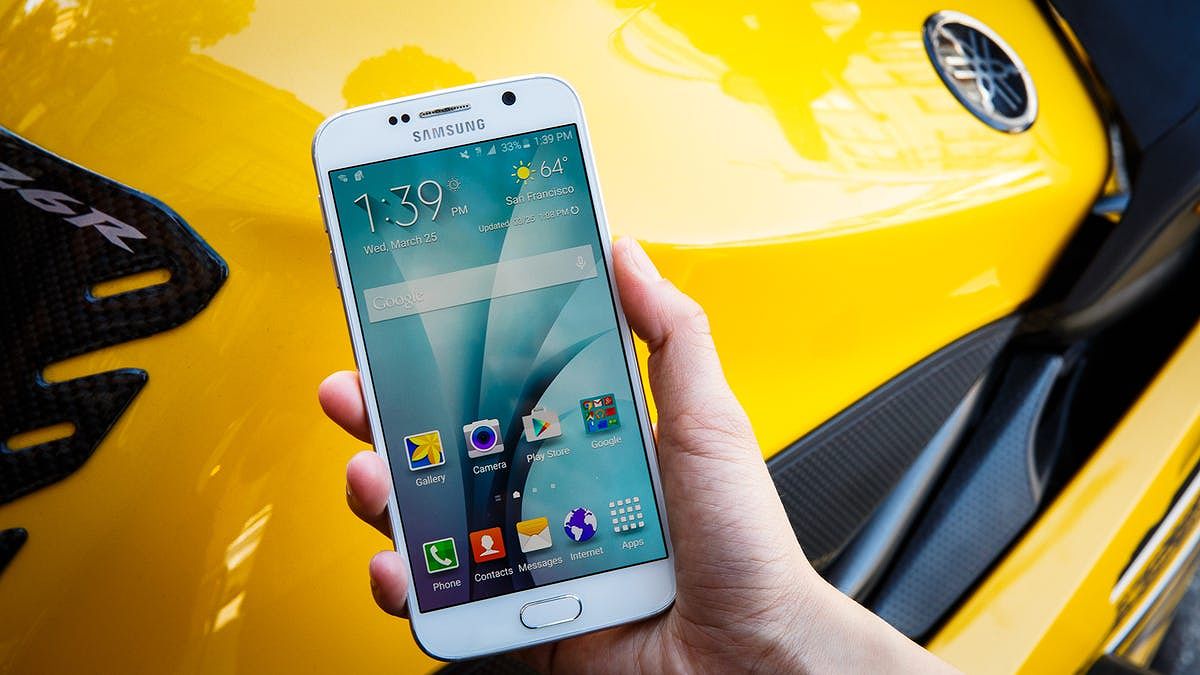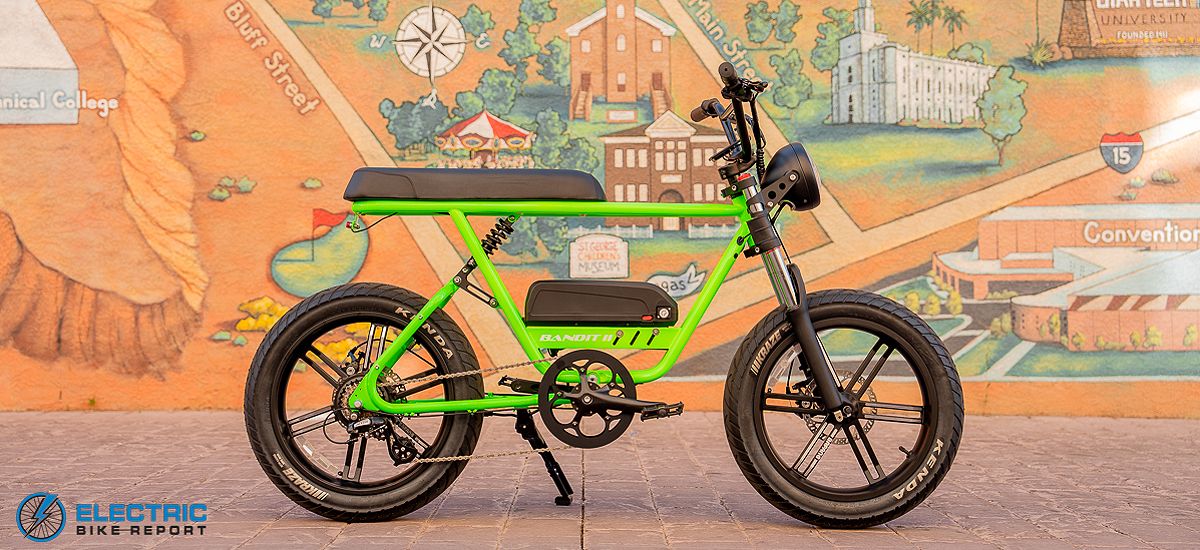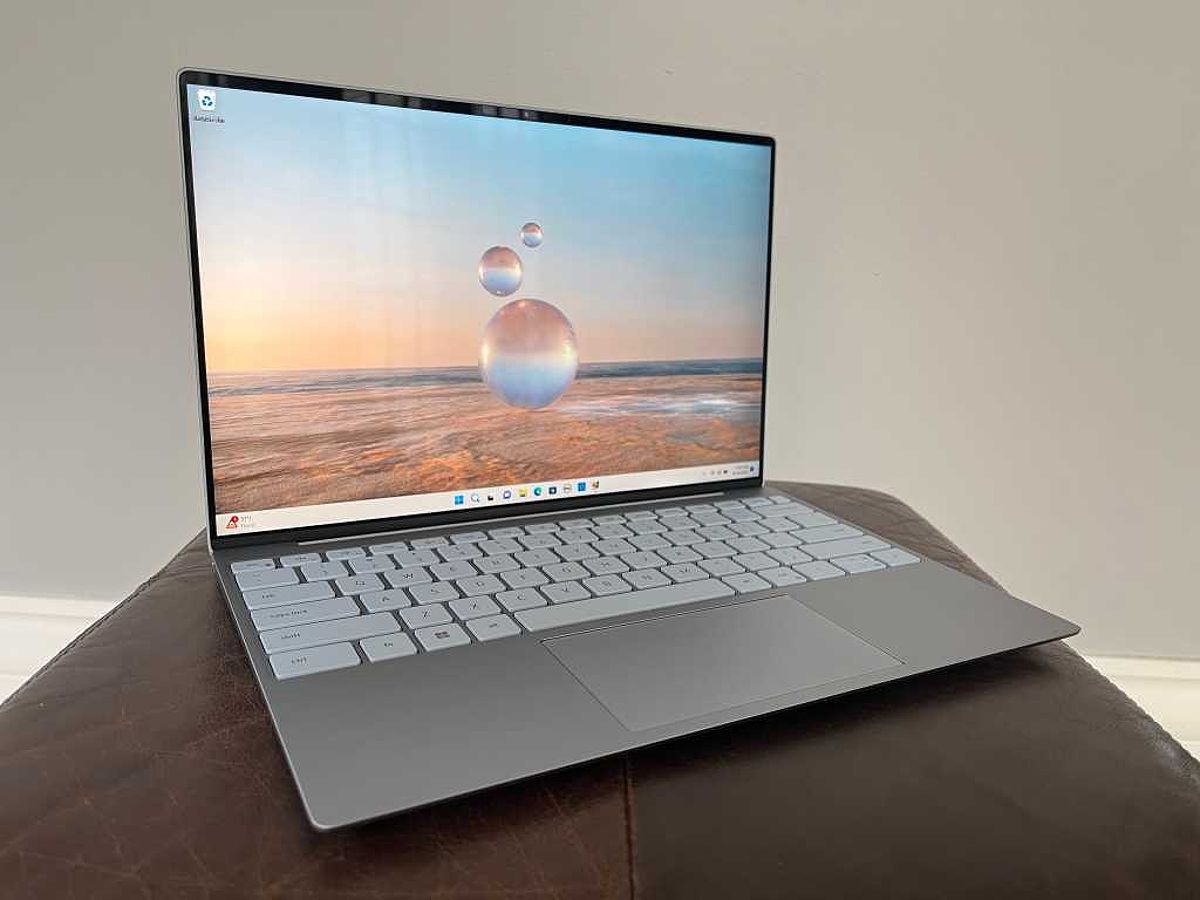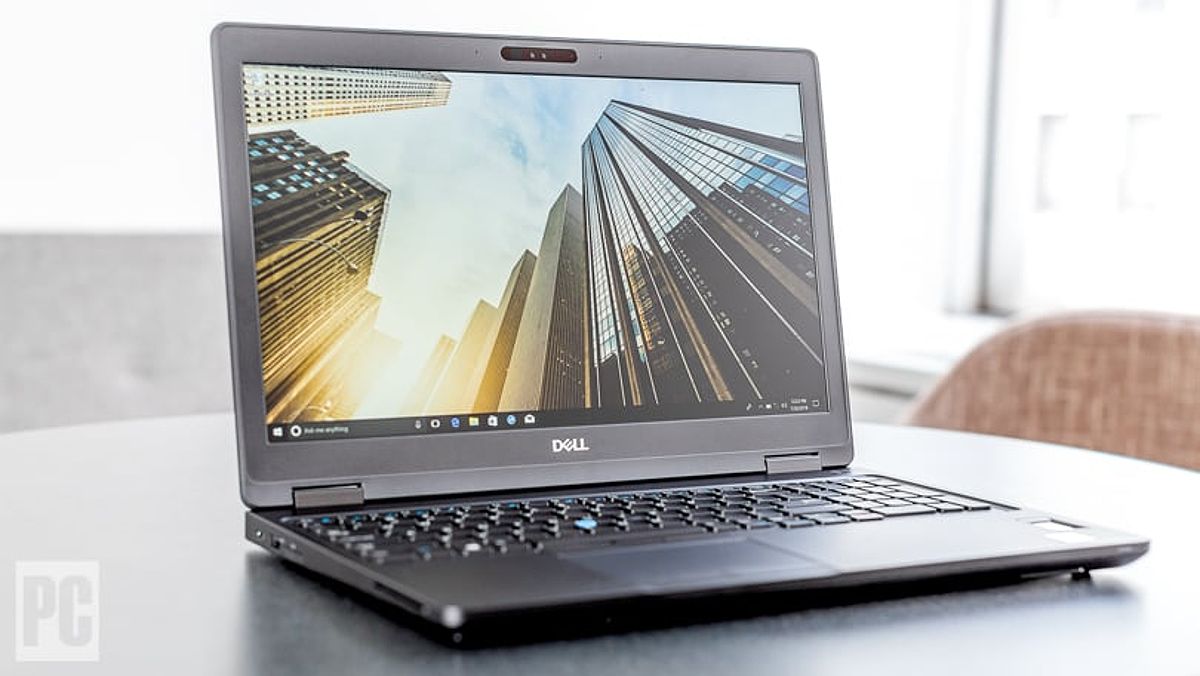Lenovo Thinkpad Vs Lenovo Yoga: Which Laptop Is Right For Students?
Choosing the right laptop for school can be a daunting task, especially when faced with popular options like Lenovo’s ThinkPad and Yoga lines. While both offer solid performance, their design philosophies diverge, catering to distinct student needs. For example, 60% of students surveyed prioritized portability, making the lightweight Yoga series an attractive choice, while 40% prioritized durability, favoring the robust ThinkPad line.
This article dives deep into the lenovo thinkpad vs lenovo yoga debate, comparing key features such as performance, design, and value to help you make an informed decision that fits your student lifestyle.
Performance and Productivity
Processor Power
When it comes to performance, the processor is essentially the brain of your laptop. It’s crucial for demanding tasks like coding, video editing, and running multiple programs simultaneously. The Lenovo ThinkPad series typically offers a broader range of high-performance Intel Core i5 and i7 processors, making them perfect for heavy workloads. These laptops can handle everything from programming to data analysis, ensuring that students can multitask without breaking a sweat.
The ThinkPad line’s processors are built to support high-performance tasks. For instance, the i7 processors in the latest ThinkPad models can handle complex calculations and data-heavy applications, which are essential for students in fields such as engineering and computer science. The ability to run virtual machines or resource-intensive software without lag is a game-changer for those who need to maintain high productivity levels.
On the flip side, the Lenovo Yoga laptops also feature solid processor options. While they provide good performance for everyday tasks, they may not reach the same power levels as ThinkPads for intensive applications. However, the Yoga series strikes a balance between performance and aesthetics, making them a fantastic choice for students who appreciate style alongside functionality. The Yoga models are well-suited for tasks like web browsing, document editing, and even light photo editing, making them a versatile option for students whose needs are less demanding.
Pros and Cons:
- ThinkPad:
- Pros: More powerful processors ideal for demanding applications.
- Cons: Higher price tags may deter budget-conscious students.
- Yoga:
- Pros: Good performance at a more affordable price point.
- Cons: May fall short for users needing extreme processing power.
RAM and Storage
RAM and storage are vital for multitasking and file storage. ThinkPads generally come with greater RAM and storage options, catering to students who need to run multiple applications or store large files. This is particularly important for fields like graphic design or software development, where large files and software applications are commonplace.
The ThinkPad series often allows for configurations with up to 32GB of RAM, which is beneficial for students who need to run resource-intensive applications simultaneously. Additionally, the storage options often include high-speed SSDs that significantly boost performance, especially when booting up the operating system or loading applications. This flexibility ensures that students can find a configuration that meets their specific needs, whether for heavy multitasking or extensive file storage.
Yoga models offer decent RAM and storage configurations at a budget-friendly price, but their high-capacity options may be limited. This means that while Yoga laptops are excellent for everyday tasks, they might not be the best fit for students with heavy storage needs. Most Yoga models come with a maximum of 16GB of RAM, which might suffice for general use but could be limiting for students in specialized fields requiring more memory.
Pros and Cons:
- ThinkPad:
- Pros: Ample RAM and storage configurations for heavy users.
- Cons: Higher storage capacities can lead to increased costs.
- Yoga:
- Pros: Affordable options with good RAM and storage.
- Cons: Limited high-capacity storage may necessitate external solutions.
Battery Life
Battery life is a crucial consideration for students who are often on the go. ThinkPads are widely recognized for their impressive battery performance, often lasting through a full day of classes and study sessions. Many models include power-saving features to optimize battery usage, allowing students to work without constantly searching for an outlet.
For instance, the ThinkPad X1 Carbon can last up to 15 hours on a single charge, making it ideal for long days on campus. This extended battery life ensures that students can attend back-to-back lectures or study sessions without the anxiety of finding a power outlet.
Yoga laptops also boast commendable battery life, making them suitable for all-day use. However, battery longevity can vary based on specific models and usage patterns. The Yoga series often incorporates energy-efficient displays that help extend battery life, allowing students to enjoy their devices longer between charges. Some Yoga models can provide around 13 hours of battery life, making them competitive for daily use, especially for students who engage in multimedia tasks.
Pros and Cons:
- ThinkPad:
- Pros: Often provides all-day battery life, essential for busy schedules.
- Cons: Some models may not last as long as certain Yoga variants.
- Yoga:
- Pros: Good battery life for extended use.
- Cons: Performance can vary widely based on model and display options.
Design and Portability
Build Quality and Durability
The build quality of a laptop can significantly affect its longevity, especially for students who may not always handle their devices with care. ThinkPads are celebrated for their durability and are often subjected to rigorous military-grade testing, ensuring they can withstand everyday wear and tear. This ruggedness makes them an excellent choice for students who might be a bit rough on their gear.
The materials used in ThinkPads, such as carbon fiber and magnesium alloy, contribute to their strength and lightweight design. This means that while they are tough, they are also portable, making it easy for students to carry them around campus without feeling weighed down.
In contrast, Yoga laptops focus on premium design with sleek aesthetics. While they are lightweight and easy to carry, they may not be as rugged as ThinkPads. The aluminum chassis of Yoga laptops provides a stylish look but might not offer the same level of impact resistance as the robust design of ThinkPads. Students who frequently travel or commute may want to consider this aspect when choosing between the two models.
Pros and Cons:
- ThinkPad:
- Pros: Exceptional durability, ideal for active lifestyles.
- Cons: Generally heavier and bulkier than Yoga models.
- Yoga:
- Pros: Sleek and lightweight, perfect for portability.
- Cons: May lack the ruggedness found in ThinkPads.
Screen Size and Resolution
Screen size and resolution greatly impact user experience. ThinkPads offer a variety of screen sizes and resolutions, catering to different preferences for portability versus visual clarity. Many models feature anti-glare displays, making them suitable for use in various lighting conditions. This is particularly useful for students who may need to work in bright lecture halls or outdoor settings.
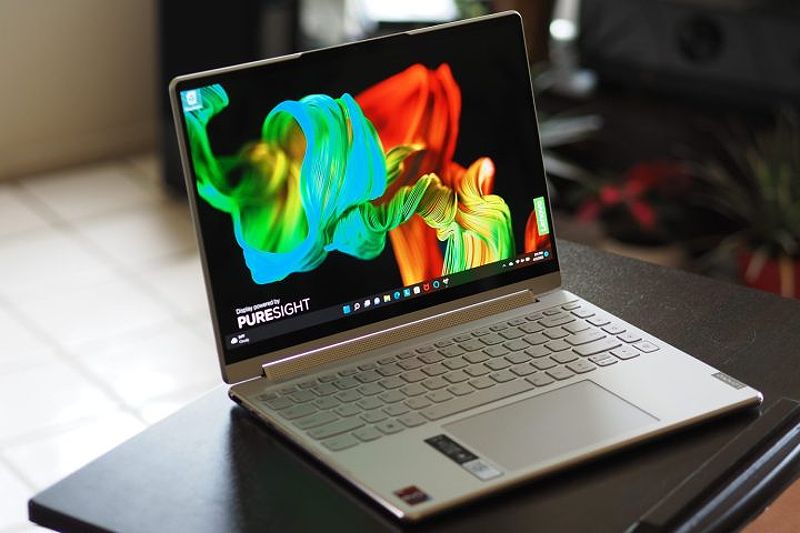
Yoga laptops often come equipped with high-resolution displays that provide vibrant visuals, enhancing multimedia experiences. This is especially beneficial for students engaged in creative fields, where color accuracy and display quality are essential. The ability to rotate the screen and use the laptop in tent or tablet mode can also enhance the viewing experience, making it easier to share presentations or watch videos.
Pros and Cons:
- ThinkPad:
- Pros: A range of sizes and resolutions for diverse needs.
- Cons: May not match the highest resolution options available in Yoga models.
- Yoga:
- Pros: Typically features stunning high-resolution displays.
- Cons: May have smaller screens compared to some ThinkPad options.
Keyboard and Trackpad
The keyboard and trackpad experience can significantly affect productivity. ThinkPads are renowned for their exceptional keyboards, known for their tactile feedback and the inclusion of the TrackPoint, a small joystick for precise navigation. This feature is particularly valued by those who spend long hours typing or programming.
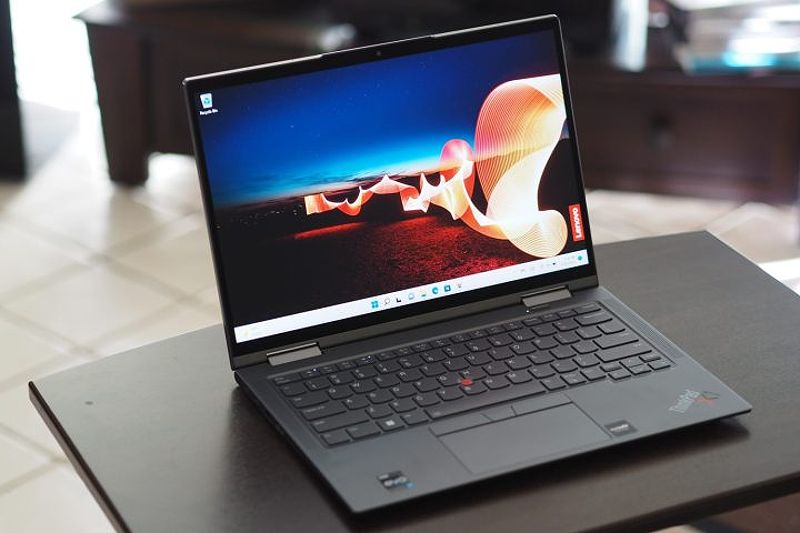
The key travel on ThinkPad keyboards is often deeper, providing a satisfying typing experience that many users appreciate. Additionally, the TrackPoint can be a handy tool for users who prefer not to remove their hands from the keyboard while navigating.
Yoga laptops, while offering comfortable keyboards and responsive trackpads, may not provide the same level of tactile feedback that seasoned ThinkPad users appreciate. The key travel on Yoga keyboards may be less pronounced, which could affect typing comfort for some users. However, they are generally well-suited for casual typing and everyday tasks.
Pros and Cons:
- ThinkPad:
- Pros: Renowned for high-quality keyboards and precision navigation.
- Cons: The TrackPoint may require an adjustment period for new users.
- Yoga:
- Pros: Comfortable keyboards and user-friendly trackpads.
- Cons: May lack the tactile quality of ThinkPad keyboards.
Features and Value
Convertible Design
The Lenovo Yoga series is celebrated for its convertible design, allowing users to transition seamlessly between laptop and tablet modes. This versatility is particularly useful for students who may want to take notes or read in tablet mode. The ability to fold the laptop back makes it easy to use in various settings, whether in a lecture hall or a café.
The ThinkPad Yoga series also offers convertible designs, providing similar functionality but typically at a higher price point than standard ThinkPads. This added flexibility can be beneficial for students who require a laptop that adapts to different learning environments. The Yoga’s ability to function as both a laptop and a tablet can be particularly advantageous for students who take handwritten notes or enjoy reading eBooks.
Pros and Cons:
- Yoga:
- Pros: Versatile designs for both laptop and tablet use.
- Cons: Stability in tablet mode may not match dedicated tablets.
- ThinkPad:
- Pros: Offers convertible features in specific models.
- Cons: Higher cost compared to non-convertible ThinkPad models.
Security Features
For students handling sensitive information, robust security features are paramount. ThinkPads are well-known for their comprehensive security measures, including TPM chips and fingerprint readers, ensuring data protection. These features are particularly important for students dealing with personal information or sensitive academic work.
The inclusion of features like facial recognition and advanced encryption options further enhances the security of ThinkPads, making them a reliable choice for students concerned about data breaches.
Yoga laptops also include security features like fingerprint readers and facial recognition, but they may not provide the extensive security options found in ThinkPads. While they offer decent security measures, students who prioritize data protection may lean towards the ThinkPad for its enhanced security features.
Pros and Cons:
- ThinkPad:
- Pros: Comprehensive security features for data protection.
- Cons: Facial recognition may not be standard across all models.
- Yoga:
- Pros: Often includes modern security options like fingerprint readers.
- Cons: May lack some advanced security features available in ThinkPads.
Price and Value
When considering price, both ThinkPad and Yoga models offer various options to suit different budgets. ThinkPads often provide good value for their reliability and performance, though they can be pricier. The investment in a ThinkPad is often justified by its longevity and performance, making it a wise choice for students planning to use their laptop for several years.
In contrast, Yoga laptops generally present a more affordable price-to-performance ratio, appealing to budget-conscious students. This affordability allows students to access high-quality devices without overspending, making them an attractive option for many. The Yoga series tends to offer several configurations that can fit into tighter budgets while still delivering solid performance for everyday tasks.
Pros and Cons:
- ThinkPad:
- Pros: Good value for durability and performance.
- Cons: Higher price tags for premium models.
- Yoga:
- Pros: Affordable options with decent features.
- Cons: May not match the performance level of higher-end ThinkPads.
Conclusion
In the lenovo thinkpad vs lenovo yoga debate, both lines have unique strengths tailored to different user needs. ThinkPads stand out for their durability, superior keyboard experience, and robust security features, making them ideal for business-focused students or those needing high performance. Their reputation for reliability ensures they can handle the rigors of student life.
Conversely, Yoga laptops excel in design, portability, and versatility, appealing to students who value aesthetics and convertible functionality. Their sleek profiles and vibrant displays make them a joy to use for multimedia tasks and casual browsing. Ultimately, your choice should align with your academic requirements and personal preferences. Researching specific models within each line can help you find the laptop that best fits your needs for a successful academic journey.
FAQ
Q: What are the best ThinkPad and Yoga models for students?
A: The ThinkPad T480s and the Yoga 9i are recommended for students, balancing performance and features effectively.
Q: Which laptop is better for coding and programming?
A: Both ThinkPad and Yoga laptops are suitable for coding, but ThinkPads may provide better processor options for intensive tasks, making them a preferred choice for developers.
Q: Which laptop is better for graphic design?
A: For graphic design, Yoga laptops with high-resolution displays may be preferable, while ThinkPads offer reliable performance and excellent color accuracy.
Q: Which laptop is more durable for students who are rough on their devices?
A: ThinkPads are known for their ruggedness and durability, making them ideal for students who may handle their devices less carefully.
MORE FROM snapflicks.net

